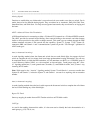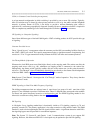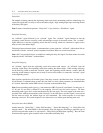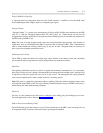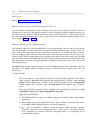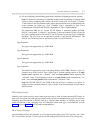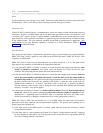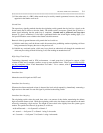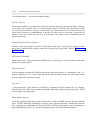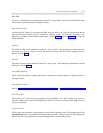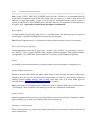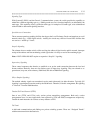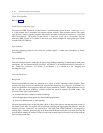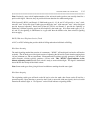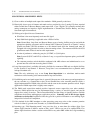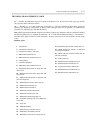C-10 TRUNKING TERMS AND CAPABILITIES
_ ___________________________________________________________________________________________________________________________
_ ___________________________________________________________________________________________________________________________
_ ___________________________________________________________________________________________________________________________
• 100-milliseconds——for DIMENSION PBX switches.
Interdigit Time-out
The maximum number of seconds that the switch can wait from one digit to the next digit before a time-out
occurs and a retry is required. This is a switch parameter related to call origination. The DIMENSION PBX
use 10 seconds as the time-out. System 75 and Generic 1 use a default time-out of 5 seconds. However, the
switch may be optioned, via administration, to provide any value from 5 to 99 seconds. System 85 and
Generic 2 use values within the range of 6 to 18 seconds. The specific value is dependent upon the
particular trunk type.
Intermediate High-Usage Trunk Group
Generally, these trunk groups are second- or third-choice trunk routes. Typically, this category of trunk
group receives route-advance overflow traffic from a High-Usage Trunk Group. Refer to ‘‘High-Usage
Trunk Group.’’
Intermachine Trunk (IMT)
Another name for the ‘‘High or Intermediate High-Usage’’ tie trunk groups. Calls are routed to these trunk
groups via the AAR software.
Intertandem Trunk
A term frequently used when ETN trunking facilities are described. Actually, an ‘‘Intertandem Trunk’’ is a
particular application of a 4-wire tie trunk. Specifically, those tie trunks connect one ETN tandem switch
node to another ETN tandem switch node.
Loop Start
A trunk supervisory signal initiated by the PBX by completing the loop current path. For outgoing-
originated calls, the switch dial tone detector determines when digit sending (start dial) may begin. AT&T
does not support loop start trunks.
MF (or Multi frequency)
An inband signaling method that, in terms of operation, is similar to DTMF. However, MF uses different
tones. The MF method has traditionally only been used to provide interoffice communication between
COs. Although not recommended, the System 85 (R2V3 and R2V4) and Generic 2 may be configured to
provide MF signaling. However, a special development charge is associated with the MF option.



